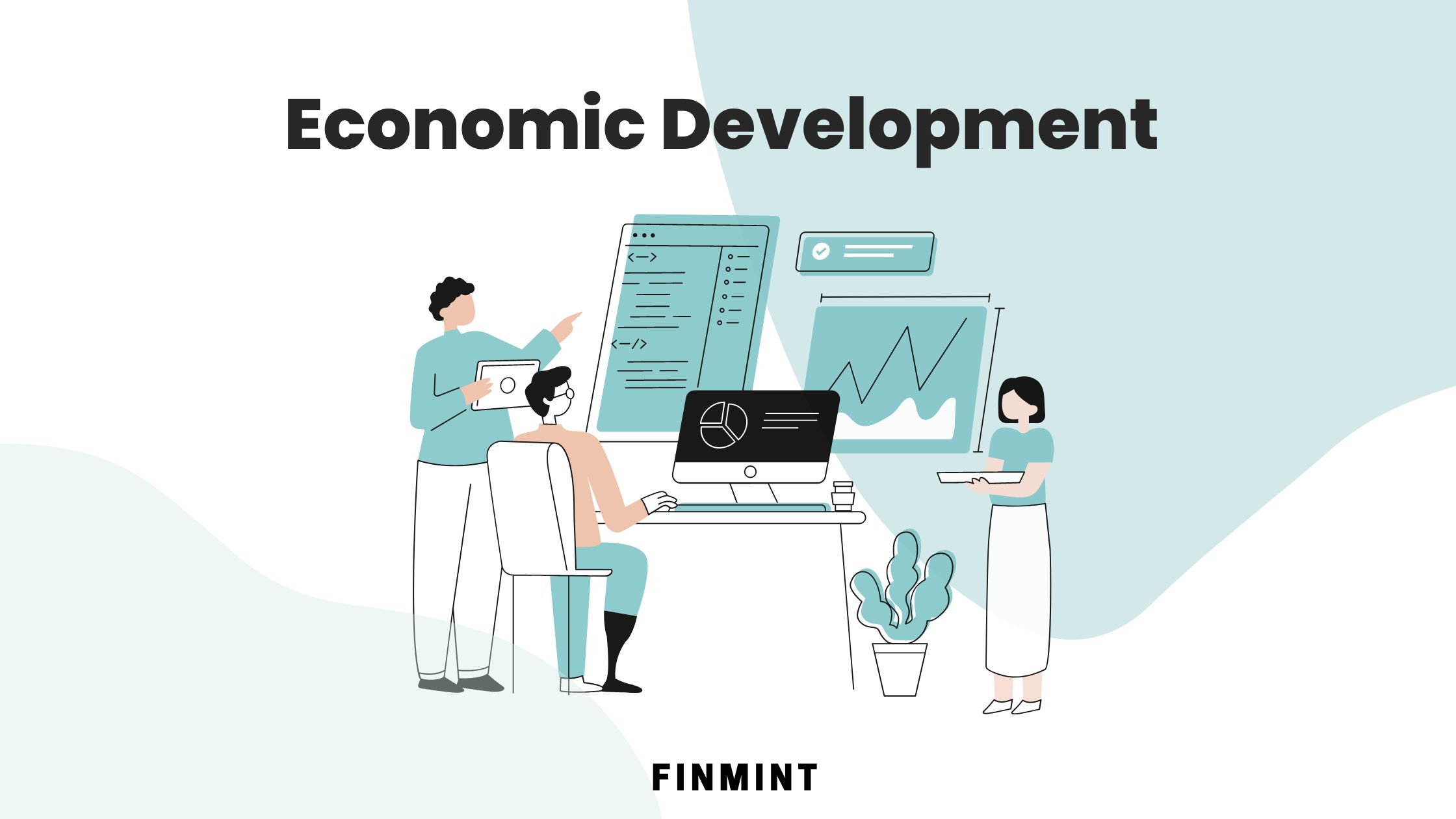The terms “developed” and “developing” economies are used to describe countries that have different levels of economic development. Developed economies are generally characterized by high levels of income, infrastructure, education, healthcare, and technological advancement. Developing economies, on the other hand, have lower levels of these indicators and are often characterized by poverty, inequality, and underdevelopment.
Income Levels: Developed economies typically have higher per capita income levels than developing economies. According to the World Bank, high-income economies have a gross national income (GNI) per capita of $13,205 or more, while low-income economies have a GNI per capita of $1,085 or less.
Human Development Index (HDI): The HDI is a composite index that measures a country’s development based on indicators such as life expectancy, education, and income. Developed economies generally have higher HDI scores than developing economies.
Industrialization: Developed economies tend to be more industrialized, with a higher proportion of their workforce employed in manufacturing and services sectors. Developing economies may still have a large proportion of the population employed in agriculture.
Infrastructure: Developed economies tend to have more advanced infrastructure than developing economies, including better transportation networks, communication systems, and energy grids.
Education Levels: Developed economies tend to have higher levels of education than developing economies, with more of their population having access to quality education.
Political Stability: Developed economies tend to have stable political systems with strong institutions and low levels of corruption. In contrast, developing economies may face more significant challenges in establishing stable political systems.
Healthcare: Developed economies tend to have better healthcare systems, with higher life expectancies and lower infant mortality rates than developing economies.
Technology: Developed economies tend to be more technologically advanced, with higher rates of internet and mobile phone usage and greater access to information and communication technologies.
The transition from a developing to a developed economy can take many years and requires significant investment in human capital, infrastructure, and technology. Here are some of the key factors that can contribute to this transition:
- Economic Policies: Developing economies need to adopt economic policies that promote sustainable economic growth. This includes policies that support private investment, trade liberalization, and investment in human capital and infrastructure.
- Investment in Education: Investment in education is critical to building a skilled workforce that can support economic growth. Developing countries need to invest in primary, secondary, and tertiary education to provide their citizens with the skills needed to compete in the global economy.
- Infrastructure Development: Developing countries need to invest in infrastructure to support economic growth. This includes investment in transportation networks, energy grids, and communication systems.
- Political Stability: Political stability is crucial for attracting foreign investment and promoting economic growth. Developing countries need to establish stable political systems with strong institutions and low levels of corruption.
- Trade Liberalization: Developing countries need to adopt trade policies that promote open markets and reduce trade barriers. This can help to increase exports and attract foreign investment, which can stimulate economic growth.
- Technological Advancement: Developing countries need to invest in technology and innovation to compete in the global economy. This includes investment in research and development, as well as the adoption of new technologies to improve productivity and efficiency.
South Korea is a prime example of a country that has successfully transitioned from a developing to a developed economy. In the 1960s, South Korea was a poor and war-torn country with a largely agricultural economy. However, through a combination of strong government intervention, investment in education and infrastructure, and an export-oriented growth strategy, South Korea was able to achieve rapid economic growth. By the 1990s, South Korea had transformed into a highly industrialized economy with a thriving technology sector. Today, South Korea is one of the world’s most advanced economies, with a high standard of living and a robust manufacturing and technology industry. South Korea’s success highlights the importance of investing in education and infrastructure, promoting trade liberalization, and adopting economic policies that support sustainable economic growth.
In conclusion, the transition from a developing to a developed economy requires significant investment in human capital, infrastructure, and technology. Developing countries need to adopt economic policies that promote sustainable economic growth, invest in education and infrastructure, establish stable political systems, and promote trade liberalization and technological advancement. While the path to economic development can be challenging, these efforts can help developing countries to achieve long-term economic growth and prosperity.
References:
- Kim, B. (2017). The South Korean Development Experience: Beyond Aid. OECD Development Centre Policy Insights, No. 34, OECD Publishing, Paris. https://doi.org/10.1787/30120a63-en
- Kwon, H. J. (2019). Korea’s Economic Development Experience: An Insider’s View. Korea Economic Institute of America. https://www.keia.org/sites/default/files/publications/kei_aps_2019_kwon_paper.pdf
- World Bank. (2020). South Korea. https://data.worldbank.org/country/korea-rep
- World Bank. (2021). Country and Lending Groups. Retrieved from https://datahelpdesk.worldbank.org/knowledgebase/articles/906519-world-bank-country-and-lending-groups

